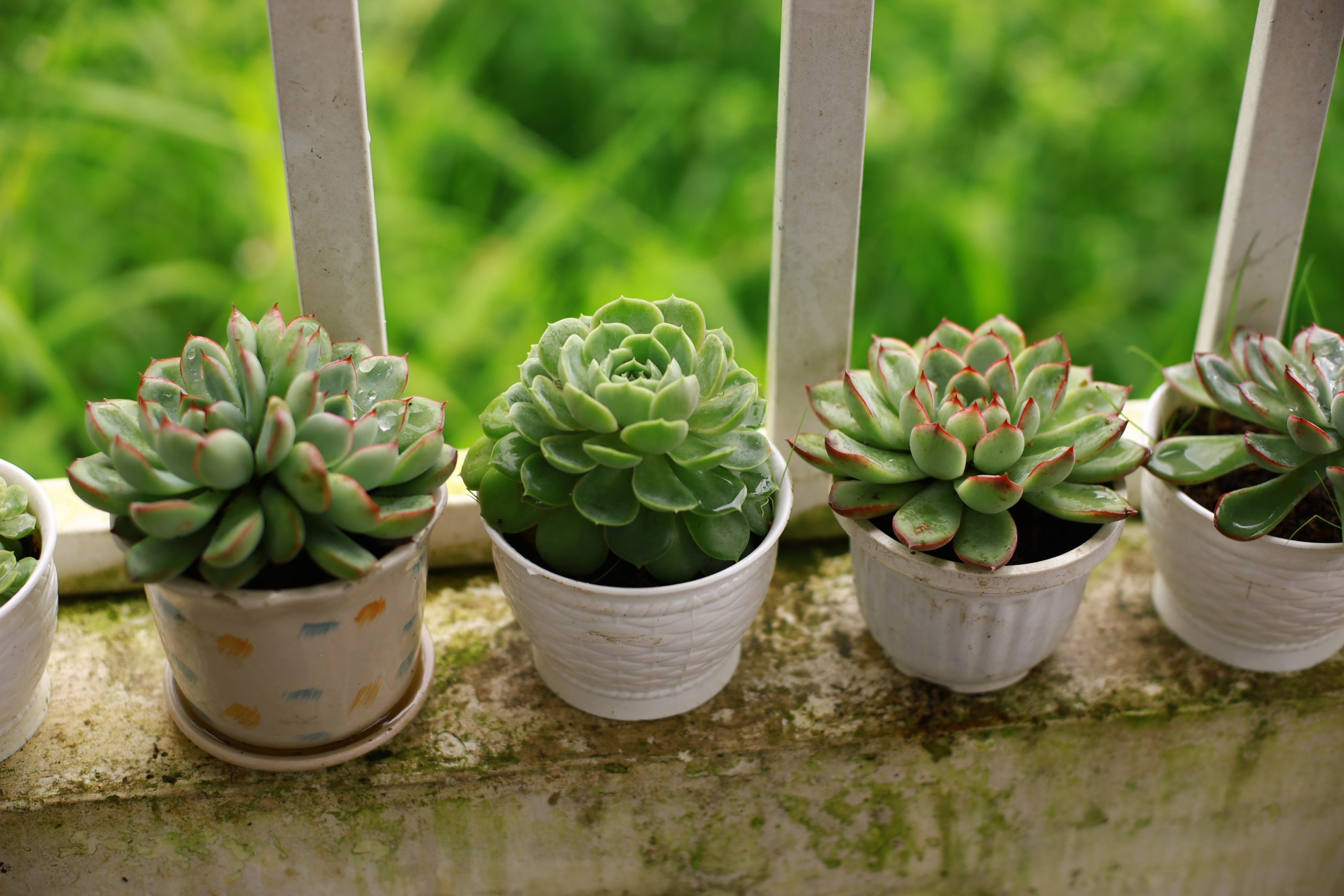Do Succulents Always Stay Small?
Succulents do not always stay small, but many types grow slowly and can remain compact for years. You might notice that the little succulents sold in stores fit perfectly on your windowsill or desk. This makes them popular for small spaces and easy indoor gardening.
However, some succulents will eventually outgrow their tiny pots. The kind you choose and how you care for them makes a big difference. If you want your succulents to stay small, you can pick varieties known to be compact or use tips that help control their growth.
Curious about which succulents will stay small and how you can keep them petite? Keep reading to find out which types to pick and the best care tips to manage their size.
Do Succulents Always Stay Small?
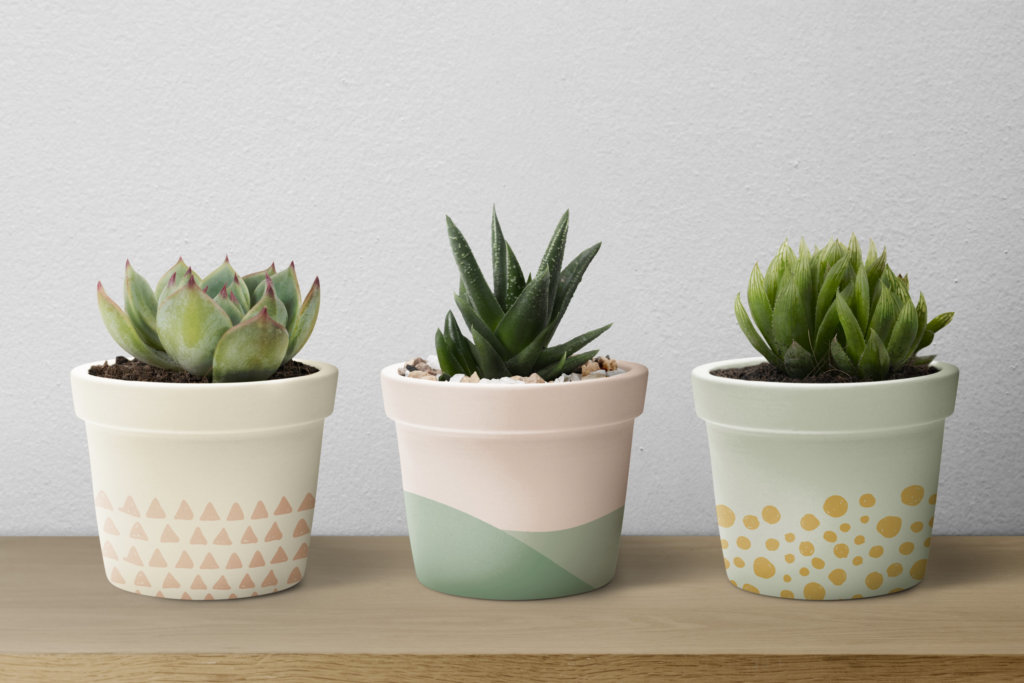
Succulents are popular for their compact size and slow growth, but not all will remain tiny forever. Their size depends on the species, how you care for them, and the conditions in which they grow.
Typical Growth Patterns of Succulents
Most succulents start small and grow slowly compared to other houseplants. When young, almost all types are small enough for windowsills or tiny pots. Over time, some varieties will increase in size, especially when given enough sunlight and space.
Many will eventually outgrow small starter pots. For example, Aloe vera can become quite large, while Haworthia and Lithops often stay compact. Some succulents reach their mature size after a few years and then slow down even more.
Growth habits differ: some grow taller like cacti, others form wide rosettes. Most varieties, especially those sold in stores and nurseries, stay manageable for several years, making them good choices if you want smaller plants for a while.
Factors That Influence Succulent Size
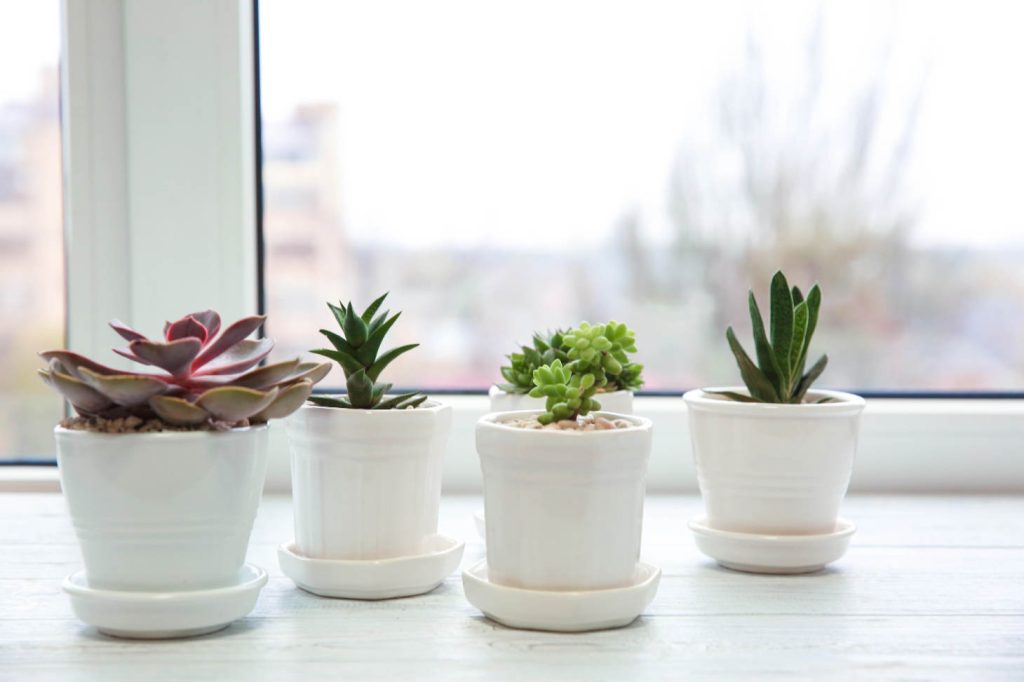
The final size of your succulent depends on several factors:
- Pot size: Keeping succulents in small pots can slow growth and limit size. Larger pots often allow for bigger plants as roots have more room to spread.
- Light: Succulents that get bright, direct sunlight will grow more than those in low or indirect light. Too little light can cause them to stretch, a process called etiolation, but this does not always mean they get much larger.
- Watering: Overwatering can harm succulents, but proper watering helps them reach their natural size. Staying dry for long periods can keep them smaller.
- Soil and nutrients: Poor soil limits growth, while nutrient-rich, well-draining soil helps healthy development. Using fertilizer may cause some succulents to grow faster or larger.
- Temperature: Warmth encourages growth, but cold or dormancy periods slow or stop it.
Your own care choices make a difference. Adjusting these factors can keep plants smaller or help them grow larger, depending on your needs.
Growth Variability Across Succulent Types

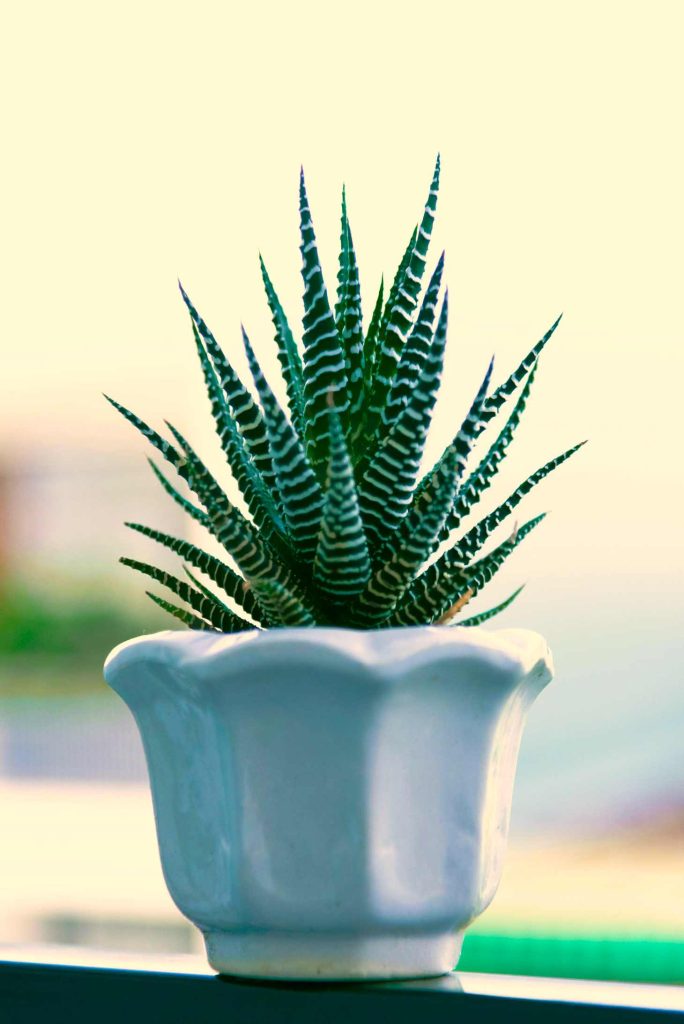
Succulents are a large group, and different species grow to different sizes. Dwarf varieties like Lithops (living stones) and Haworthia tend to stay small for their entire life. Their mature size is often only a few inches.
On the other hand, some, like Aloe vera and Jade plant (Crassula ovata) can grow several feet tall or wide under the right conditions. Cacti, which are also succulents, can sometimes reach many feet high.
Some succulents grow slowly for years and then unexpectedly put on a lot of size. Selecting types that are described as “miniature” or “compact” can help you get plants that are more likely to stay small. Always check the mature size on the plant label or research before buying.
Types of Succulents That Stay Small
Some succulents will always remain small if you choose the right varieties and provide the proper care. Certain species naturally stay compact, and others can be kept miniature by paying attention to container size and watering routines.
Popular Mini Succulents and Their Traits
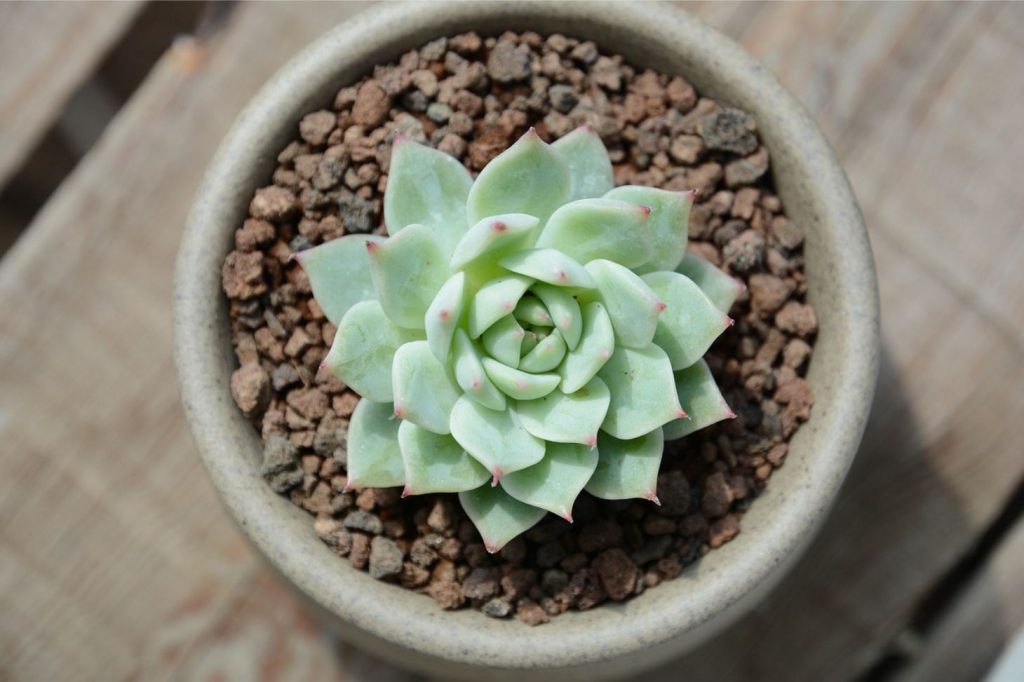
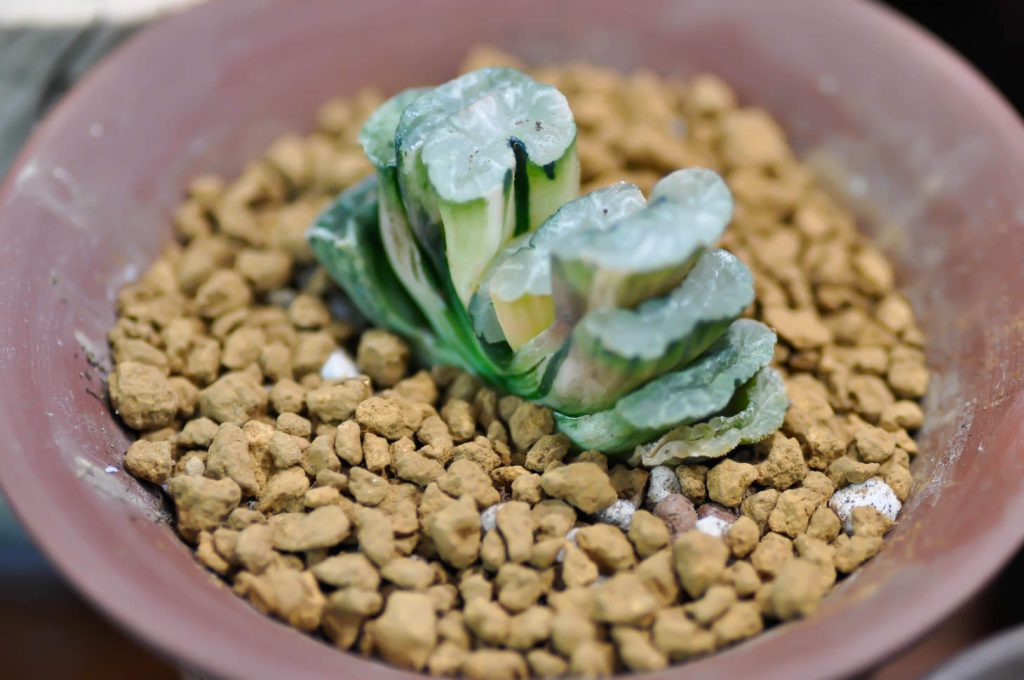
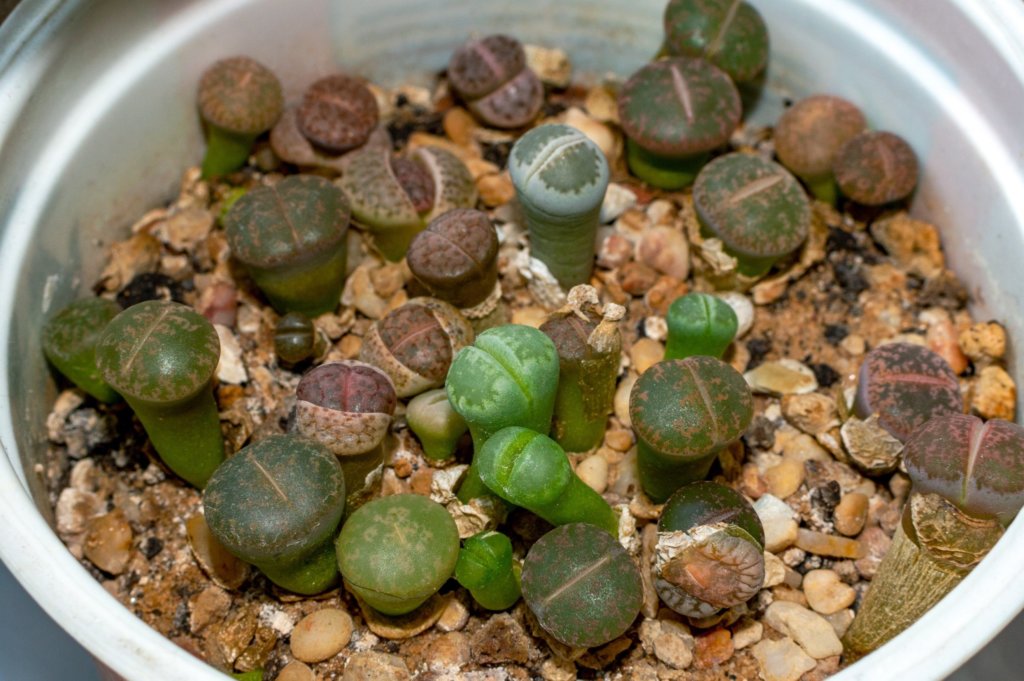
Some of the most well-known mini succulents include Echeveria, Haworthia, living stones (Lithops), Baby Toes (Fenestraria), and Mammillaria cacti. These plants are popular for their small size and unique shapes, making them great for small pots and windowsills.
Many Echeveria varieties form rosettes and rarely grow larger than 4 inches in diameter. Haworthia have pointed, striped leaves and typically reach only 3-5 inches in height. Lithops and Fenestraria mimic stones or pebbles and can stay under 2 inches wide for their whole lives. Mini cacti like some Mammillaria stay compact, often under 3 inches tall, even when mature.
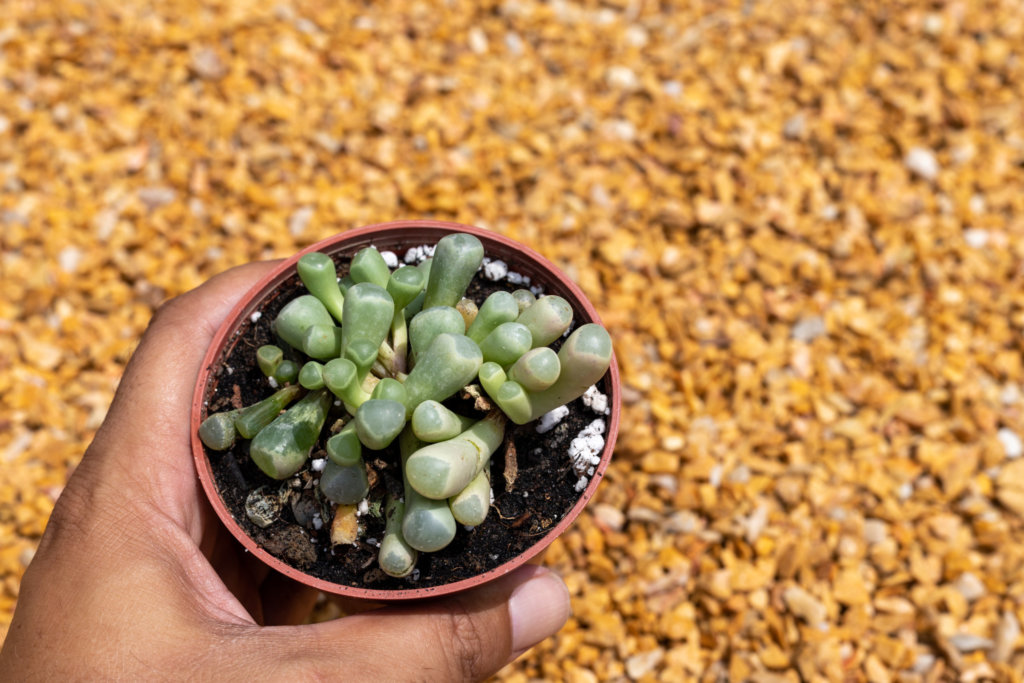
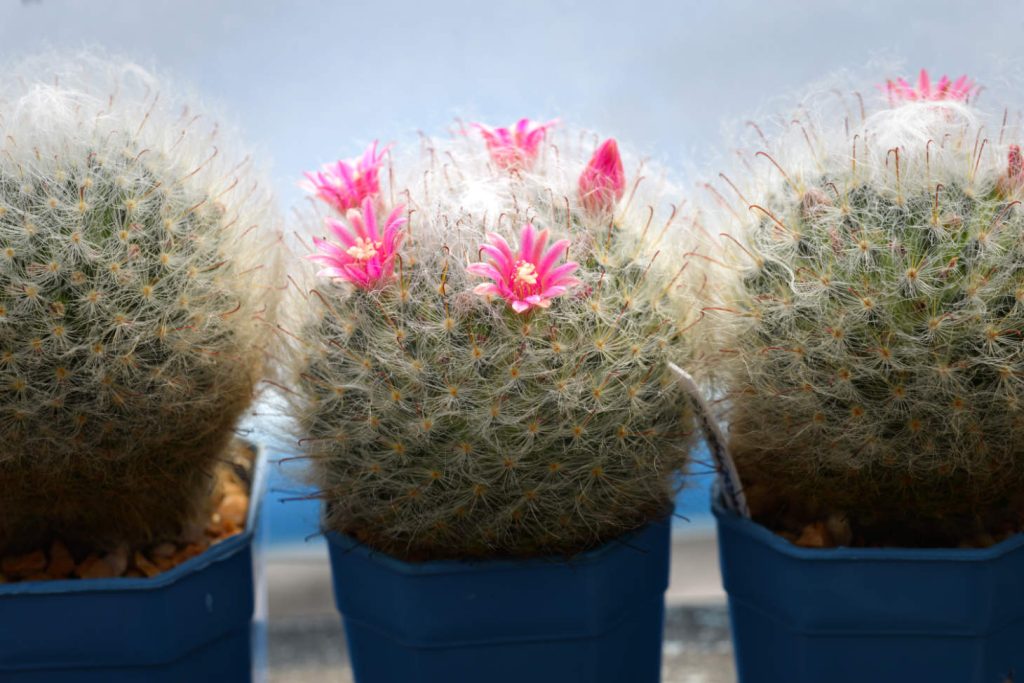
These mini succulents are also low-maintenance and drought-tolerant. They can thrive indoors or in small outdoor containers.
Species Naturally Suited for Small Spaces
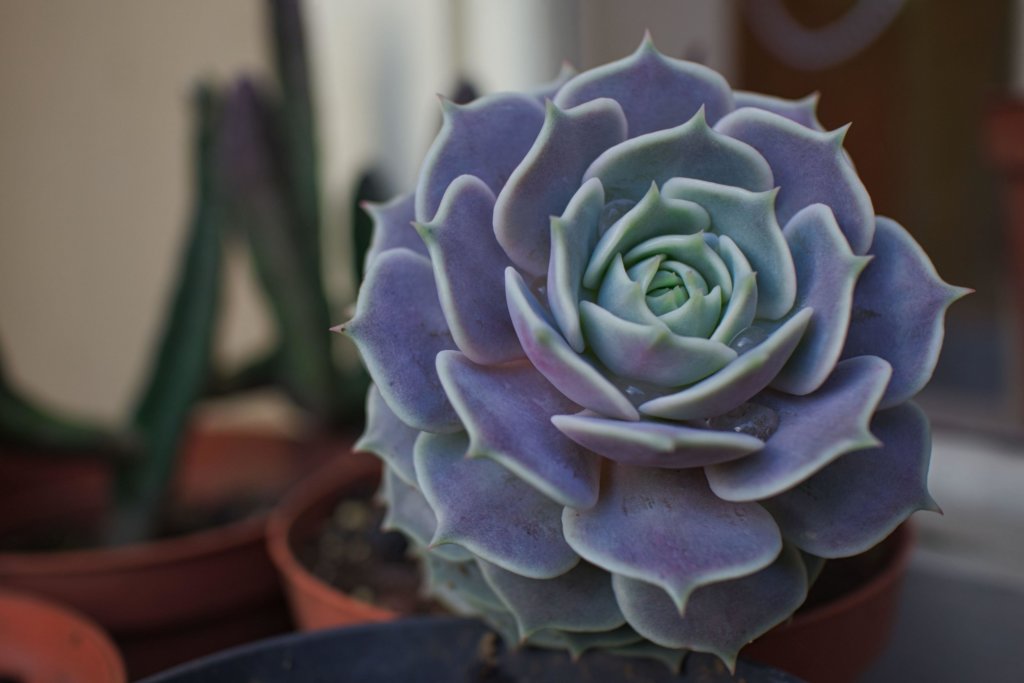
Some succulent species are naturally slow-growing and do not reach large sizes even if given time and space. Haworthia, for example, is well-suited for tight spaces and thrives in low to medium light, making it ideal for offices or apartments.
Living stones (Lithops) are also perfect for small spaces. Their unique appearance and small size allow you to fit several in a tiny container. Echeveria amoena and varieties like Echeveria ‘Lola’ tend to stay small and are ideal if you want a compact arrangement.
How Pot Size and Care Affect Succulent Growth
The size of your container, the quality of your soil, and how you care for your succulents all play a direct role in how big or small your plants will get. Making smart choices can help you keep your succulents healthy while controlling their growth.
Impact of Container Size on Growth
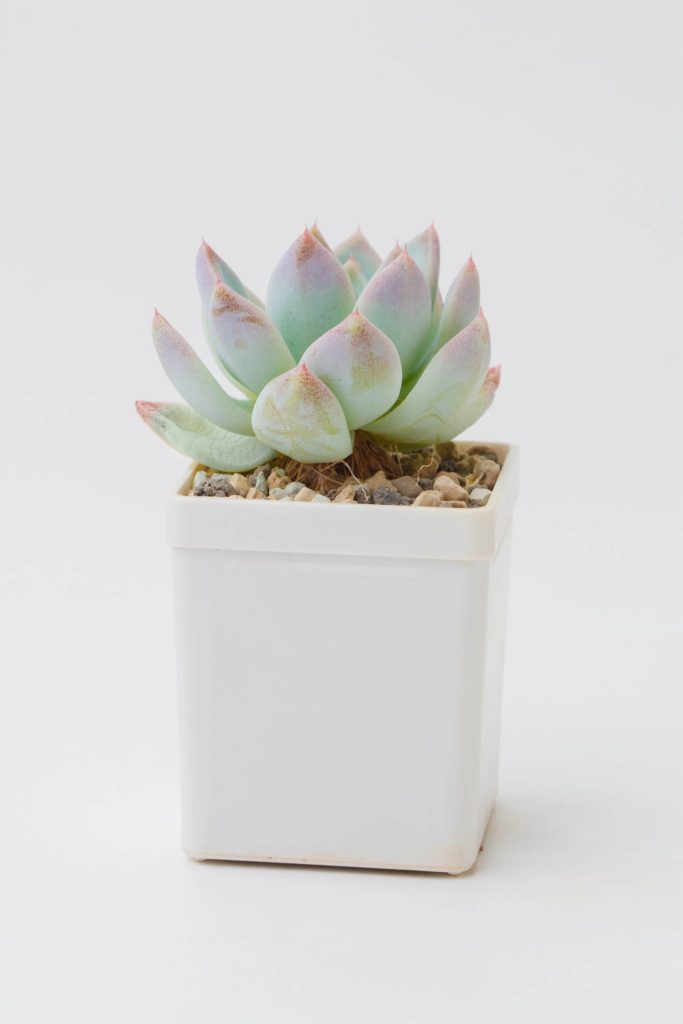
Pot size directly affects how much your succulent will grow. When you use a small pot, roots have less space to spread, and the plant usually stays compact. This is why mini succulents can remain small for many years if you keep them in a tight container.
A larger pot allows more root growth. This often leads to a bigger plant above the soil. Choosing containers that are only about 10% wider than the succulent itself can limit unwanted growth.
Deep pots are often not needed for succulents since they have shallow root systems. Shallow pots work best because they prevent excess soil moisture, which can rot roots. If you want your plant to stay small, stick with a shallow and snug pot.
Role of Well-Draining Soil in Growth Management

Well-draining soil is the most important part of succulent care. It prevents root rot, which is the most common cause of succulent death, by ensuring water doesn’t sit around the roots. This type of soil also allows you to better manage watering, as it dries out faster, reducing the risk of overwatering.
Use soil designed for succulents or mix regular potting soil with coarse sand or perlite. This keeps water from sitting around the roots. Healthy roots in well-draining soil allow you to control how often you water, which can slow down or speed up growth.
Avoid soils that hold water, such as those for tropical plants. Choose a mix that dries out between watering to keep your plant compact.
Techniques to Maintain a Small Size
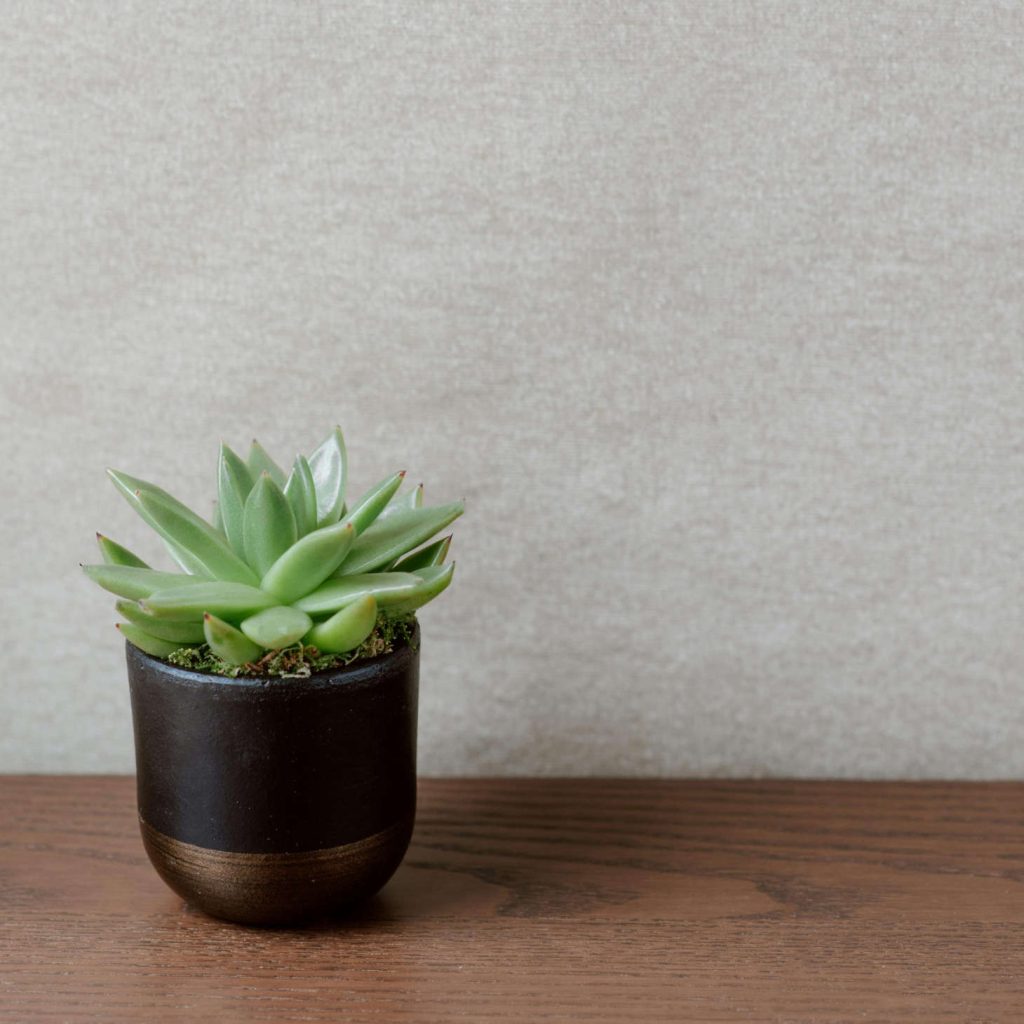
To keep succulents small, try these methods:
- Use smaller pots as mentioned above.
- Prune off any leggy or stretched growth with sharp scissors.
- Place your mini succulents in bright, indirect light to prevent them from stretching.
- Water less often, only when the soil is dry to the touch.
- Limit the use of fertilizer, as rich soils and extra nutrients can make plants grow faster.
Regular pruning not only shapes the plant but also encourages more compact growth. If you do trim off parts, let the cuts dry out before watering again. This prevents disease and keeps your succulent healthy in its small size.

